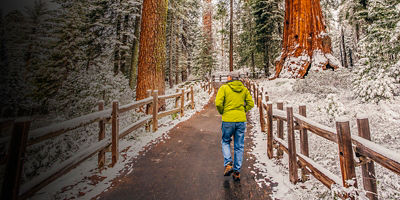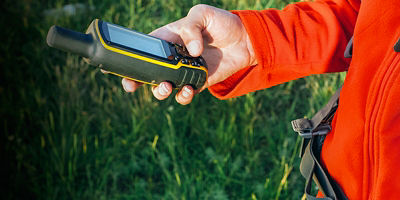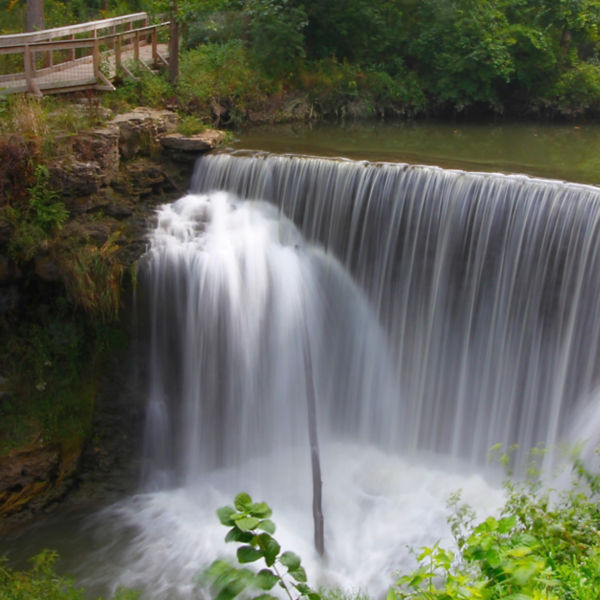
The world of off-the-grid communication includes a variety of devices. Many of us head into the backcountry looking to unplug from all of our communication devices—so why buy a gadget designed to plug you back in? One word: safety. Whether you need to warn your friends about dangerous avalanche conditions, alert your partner you’ll be home later than planned, or call for an emergency rescue, the right backcountry communication device can connect you to others when it counts.
The world of off-the-grid communication includes a variety of devices. Some are made to connect two backcountry groups to each other, and others let you reach family, friends, and emergency services back home. The most tricked-out models can even pull weather reports or help you navigate. Some use radio signals, others tap satellites, and still more sync with your smartphone. Here’s how to choose the best backcountry communication device for you.
In this article, you’ll learn about:
- The differences between group communication devices, personal locator beacons, and satellite messengers
- Details and features of two-way radios and two-way texting devices
- Details and features of personal locator beacons
- How to compare the different types of two-way satellite messengers
1. Group Communication
Heading out with a crowd? Two-way communicators can help you share critical information about conditions and keep tabs on each other when a group splits up. They’re especially popular among backcountry skiers who want to talk to each other about terrain and avalanche conditions, but hikers and backpackers also find them useful when the group separates (say, if one set of people hike ahead to set up camp, or a peak-bagging crew wants to talk to the base campers).
Two-way communication devices are a lot more affordable than satellite messengers, and you don’t need a subscription to use them. Range varies by device and terrain, but you’ll generally get a couple of miles, and sometimes much more distance. What they can’t do: communicate with anyone outside your backcountry group or send emergency signals.
Two-way Radios
You’re probably already familiar with these handheld radios, aka walkie-talkies. Backcountry-ready models have access to 22 channels on the Family Radio Service (FRS) and/or General Mobile Radio Service (GMRS) bands.
The higher the power (watts) used, the longer the range—and the more battery power required. The FRS band uses less power and works best when the two radios are within sight of each other, but it’s free to use. The GMRS band has higher-quality sound and longer range, but requires a Federal Communications Commission (FCC) license to operate. Many two-way radios can operate on either band. Keep in mind that the range the radio advertises might not be what you get in the field—terrain obstacles can significantly shorten your communication distance.
Consider the following features as you shop for two-way radios.
Privacy/interference-eliminator codes: In popular places (like a classic backcountry ski area), all 22 channels can get busy. Radios that use these codes reduce the transmissions you’ll hear from other groups in your area—though they won’t completely get rid of excess chatter, and your communications will not truly be private.
Hands-free operation: Some radios have a voice-activated feature (VOX), so you don’t have to push any buttons to talk. Also look for clips or leashes that keep the radio affixed to your pack strap.
Weather reports: Keep track of storms with a radio that pulls in weather reports.
Key lock: This feature prevents buttons from being pressed accidentally in a pocket or pack.
Two-way Texting Devices
A relatively recent addition to the group communication category, a two-way texting device (such as goTenna) pairs with a smartphone via Bluetooth and lets you text others using the same kind of device, even without cell service, using long-range radio signals. Their range extends for a few miles. They’re more expensive than two-way radios, but cheaper than satellite messengers.





















